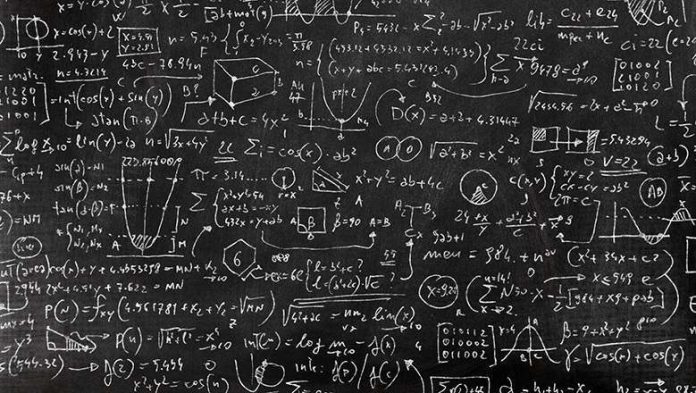

VANCOUVER, British Columbia – An unprecedented commotion arose at the annual convention of the Canadian Mathematical Society (CMS) in Vancouver. In a paper entitled “Much Ado about Nothing,” Professor Ho Lin Yuan introduced a new way of considering nothing, which in this context is the digit zero, and he has concluded that -1 is the largest integer. It is important to his premise to understand that zero is nothing.
Integers are numbers that do not contain fractions, i.e., whole numbers. They can be positive or negative as expressed below in a sequence from smaller to larger:
. . . -3 -2 -1 … +1 +2 +3 . . .
Zero (nothing) has been defined as the number between the set of all negative numbers and all positive numbers. Nothing has been left out of the above sequence but it’s there. This is critical in understanding that -1 is the largest integer. If you examine the above sequence again, note that nothing is larger than -1. Q. E. D. You may think that this is merely a matter of semantics, but there is a more rigorous proof. To wit:
Let n be the largest integer.
Then
n ≤ n + 1
However, it logically follows that
n + 1 ≤ n + 2
So
n ≤ n + 2
But, since n is the largest integer
n ≥ n + 2
So
n = n + 2
Squaring both sides of the equation
n2 = n2 + 4n + 4
Subtract the n2 from both sides and rearrange the remaining terms
4n = -4
Then after dividing by 4
n = -1
There you have it, a complete proof that -1 is the largest integer. In summary, nothing is one more than -1.
Unfortunately, Professor Ho was pelted by numerous wadded up scraps of his paper and had to be escorted from the stage and barely made his tee time at the Vancouver Golf Club. He has promised to continue searching for the smallest integer.














